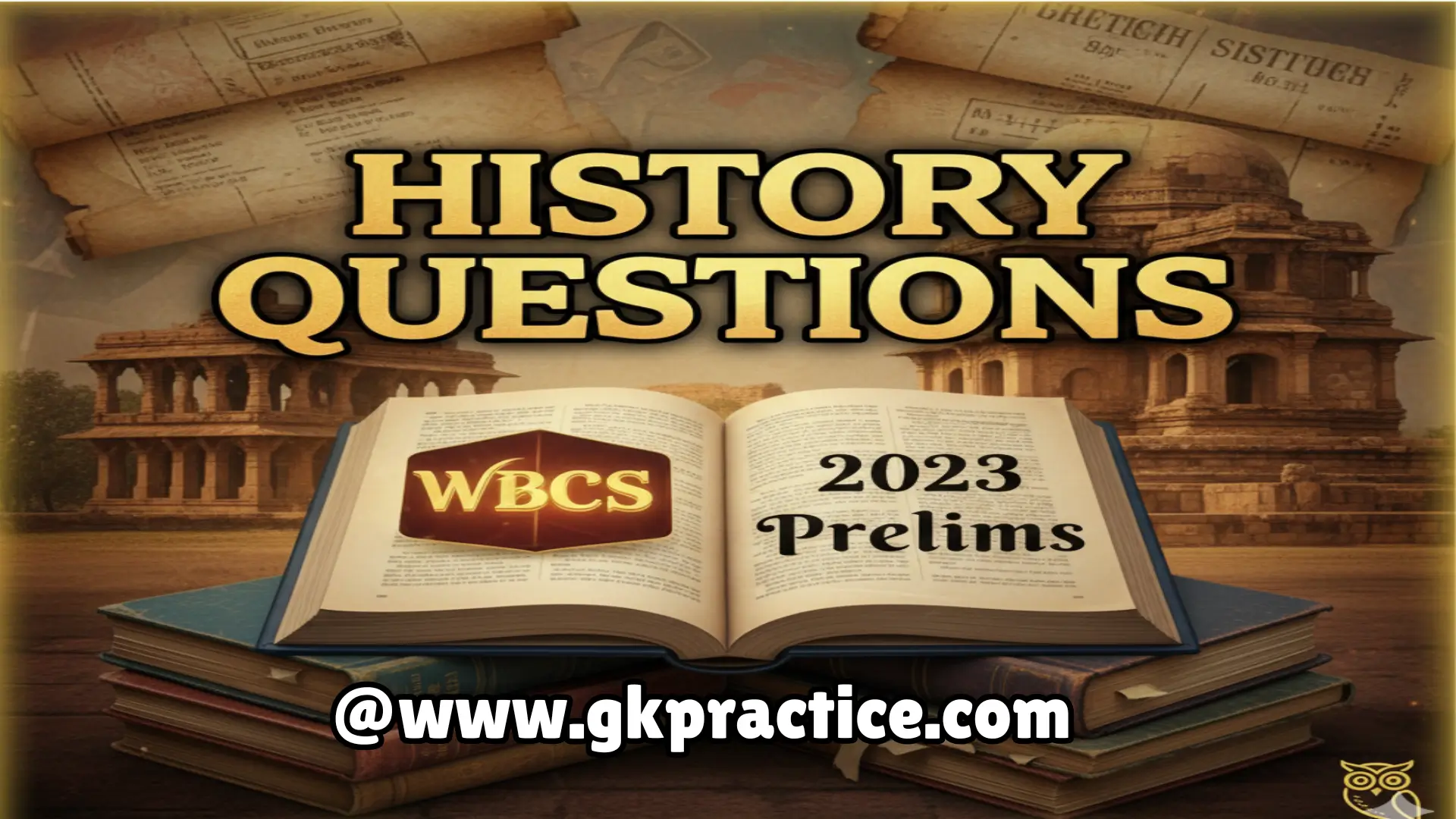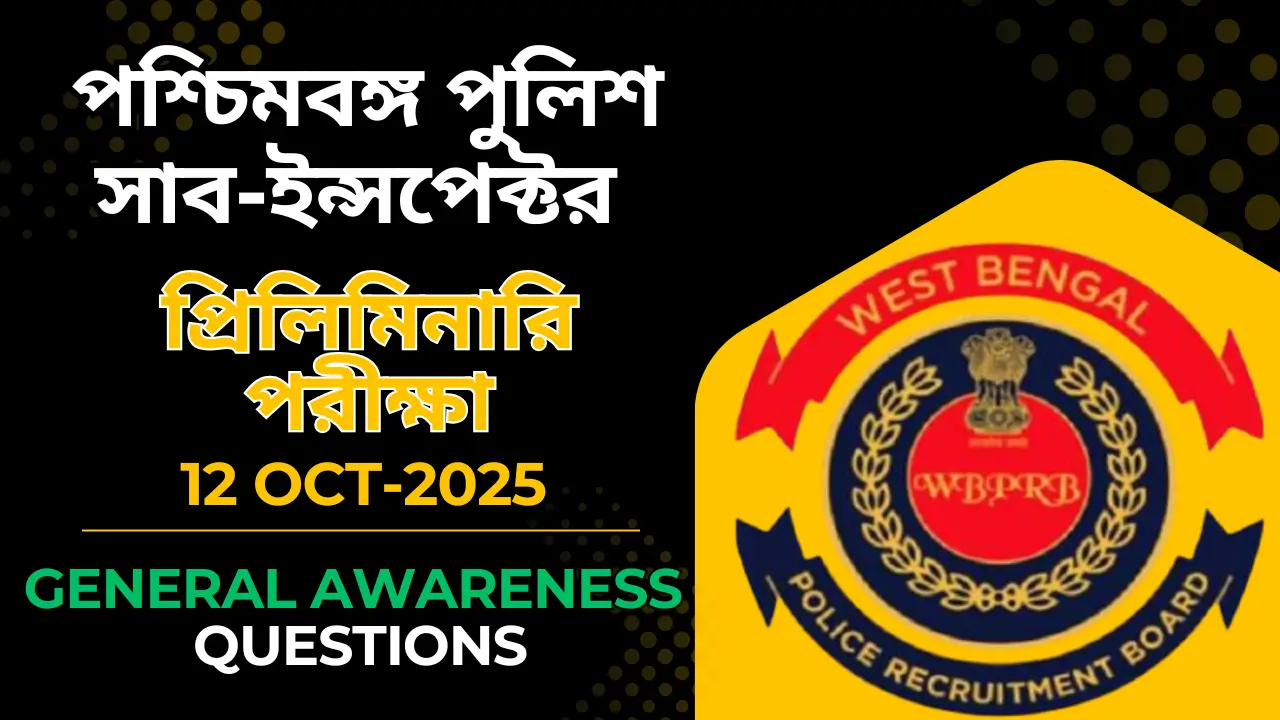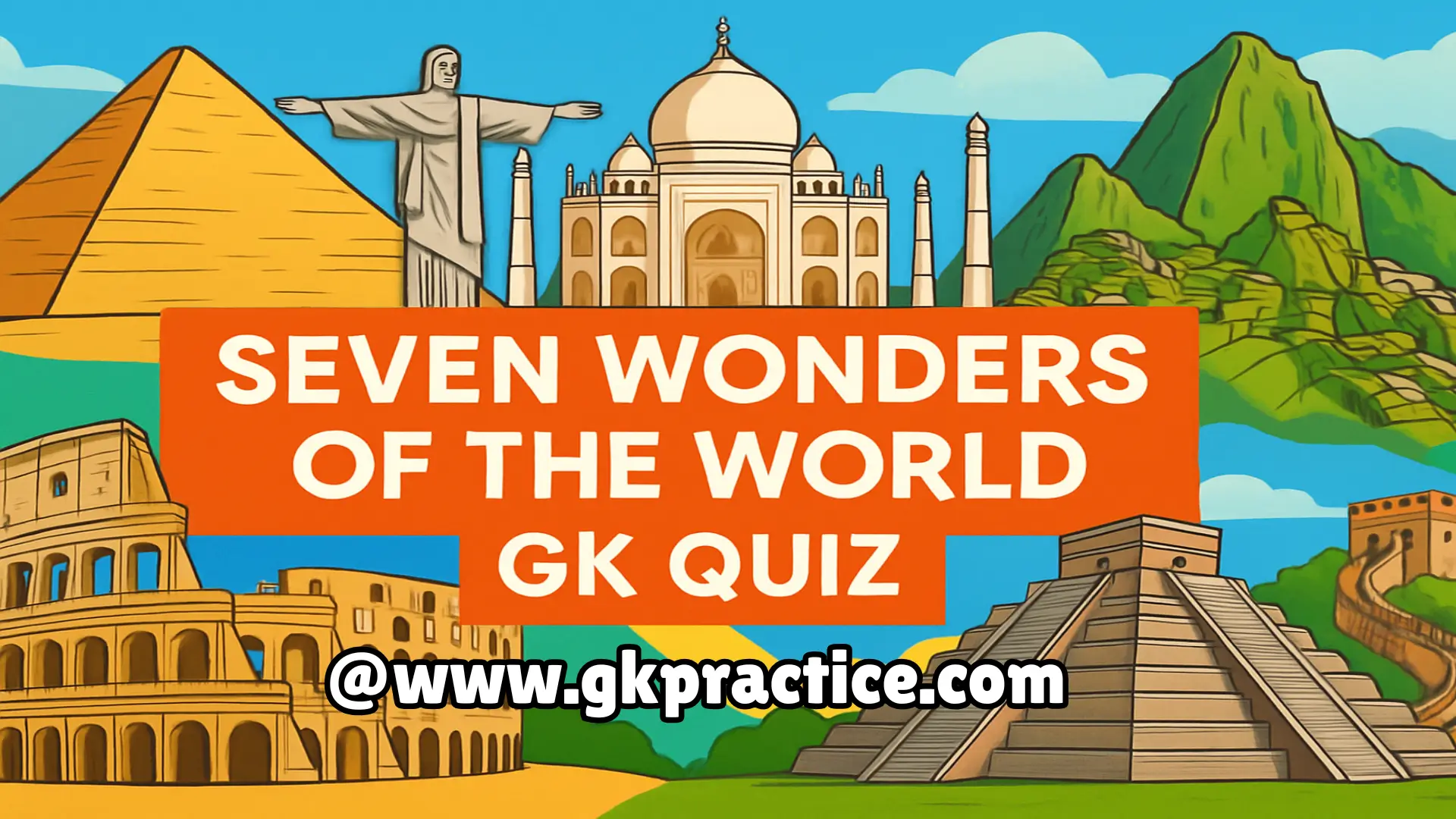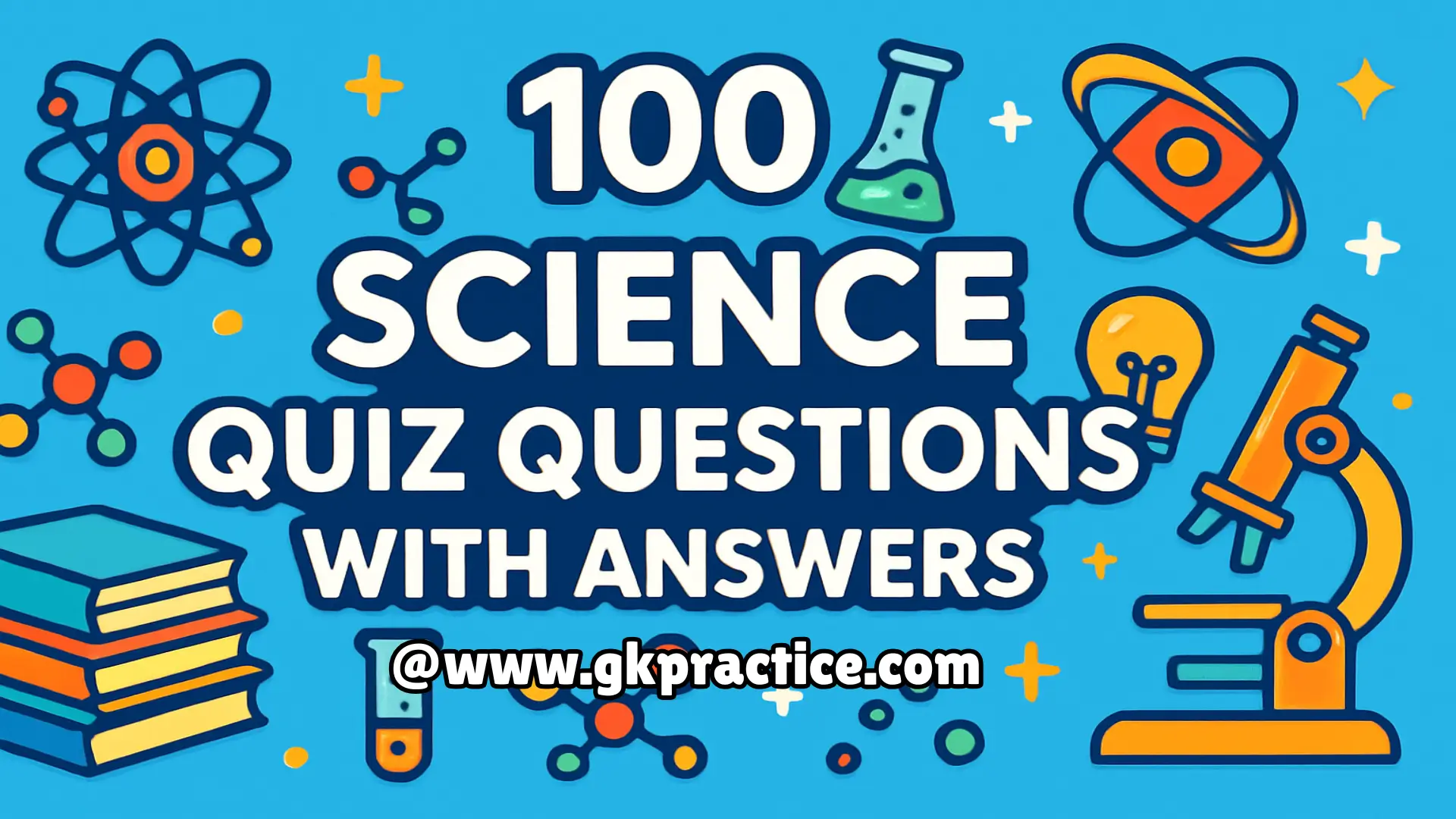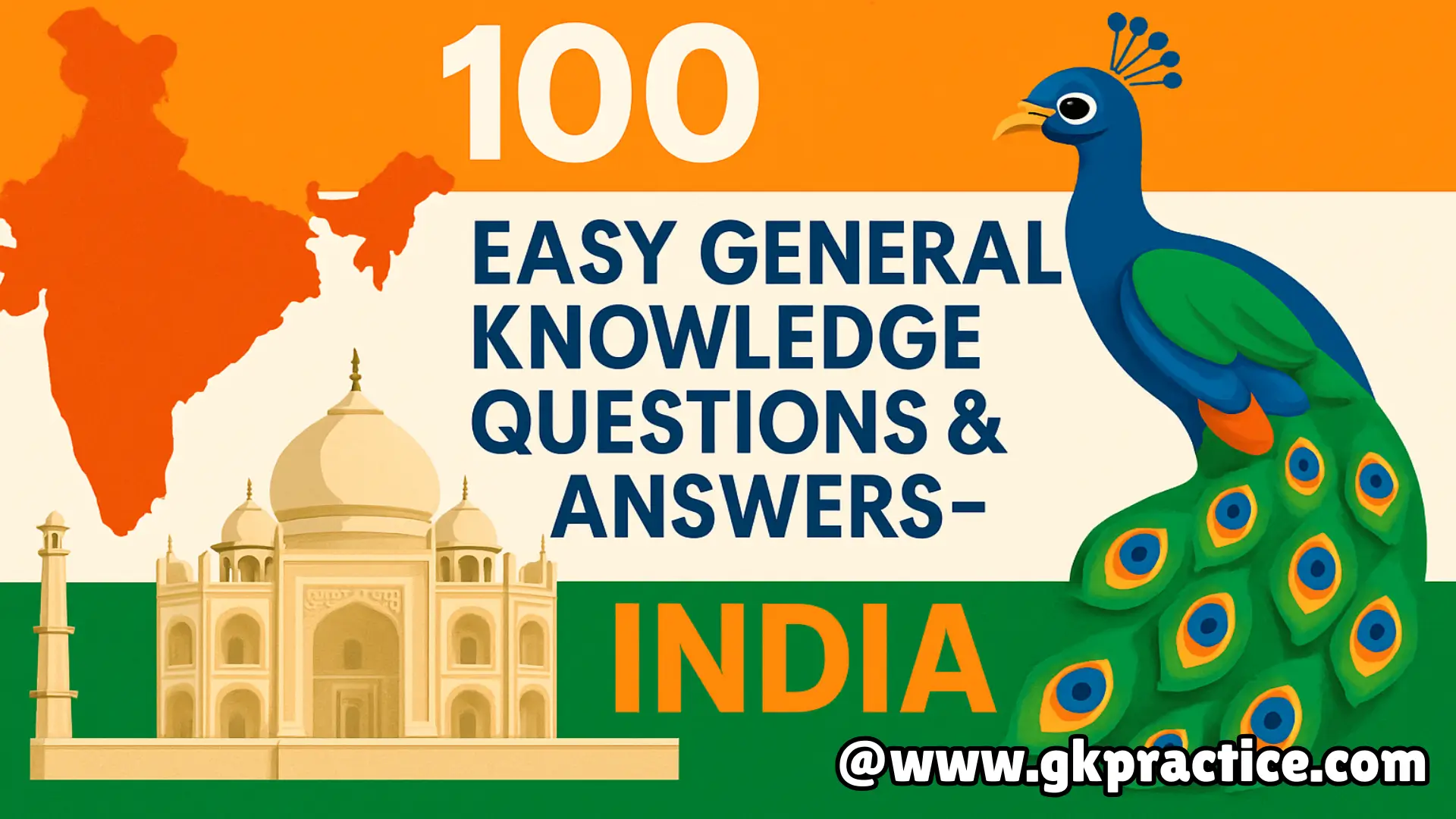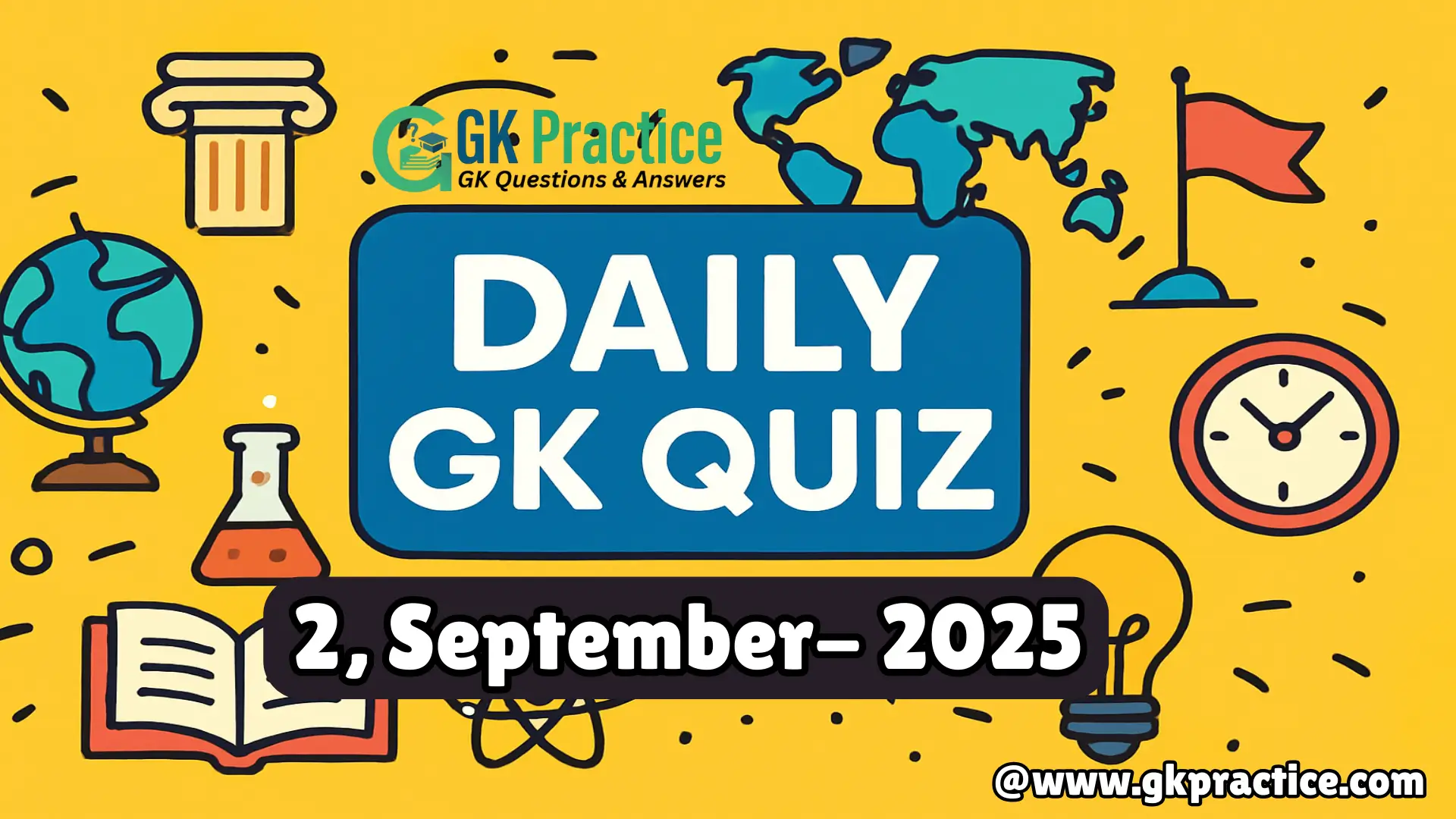১৮৮৯ সালে ব্রিটিশ কমিটির চেয়ারম্যান হিসেবে ভারতীয় জাতীয় কংগ্রেসের কার্যক্রম শুরু হয়েছিল—
(A) Dadabhai Naoroji
(B) A. O. Hume
(C) W. Digby
(D) W. Wedderburn
Explanation: The British Committee of the INC was established in 1889 in London to represent Indian interests in Britain. Dadabhai Naoroji, the “Grand Old Man of India,” served as its first chairman and played a key role in promoting Indian political concerns in the UK.
Q42) Dadabhai Naoroji was elected to the British House of Commons as a member of the ______ party.
দাদাভাই নওরোজি ব্রিটিশ হাউজ অব কমন্স-এ কোন ______ দলের সদস্য হিসেবে নির্বাচিত হন?
(A) Conservative
(B) Liberal
(C) Labour
(D) Labour-Liberal combine
Explanation: Dadabhai Naoroji was elected to the British House of Commons in 1892 as a member of the Liberal Party. He was the first Indian to achieve this and famously highlighted the drain of wealth from India under British rule.
Q43) The brain behind the bomb attack on Viceroy Lord Hardinge at Chandni Chowk, Delhi in December 1912, was
১৯১২ সালের ডিসেম্বরে দিল্লির চাঁদনি চকে ভাইসরয় লর্ড হার্ডিঞ্জ-এর ওপর বোমা হামলার মূল পরিকল্পনাকারী ছিলেন—
(A) Rasbehari Bose
(B) Bhai Paramanand
(C) Sachindranath Sanyal
(D) Shohan Lal Pathak
Explanation: Rasbehari Bose masterminded the assassination attempt on Viceroy Lord Hardinge during the Delhi Durbar of 1912. The attack symbolized revolutionary opposition to British rule in India.
Q44) Who wrote ‘Kumarasambhavam’?
‘কুমারসম্ভবম’ কে লিখেছেন?
(A) Vishnusharma
(B) Dandin
(C) Kalidasa
(D) Somedeb
Explanation: The classical Sanskrit epic poem ‘Kumarasambhavam’ (“Birth of Kumara”) was written by Kalidasa, celebrating the marriage of Shiva and Parvati and the birth of their son Kartikeya.
Q45) Who founded a National Society, a National Paper, a National School and National Gymnasium and made the word ‘National’ popular in the later half of the 19th century?
(A) Jyotirindra Nath Tagore
(B) Rajnarayan Bose
(C) Nabagopal Mitra
(D) Satyendra Nath Tagore
Explanation: Nabagopal Mitra was a key nationalist leader in Bengal. By founding the National Society, National School, National Paper, and National Gymnasium, he popularized the term “National” in the late 19th century, inspiring nationalist movements.
Q46) Between whom was the First Battle of Panipat fought in 1526?
(A) Babur and Ibrahim Lodi
(B) Babur and Rana Sanga
(C) Babur and Sher Khan
(D) Akbar and Himu
Explanation: The First Battle of Panipat (1526) marked the beginning of the Mughal Empire in India. Babur defeated Ibrahim Lodi, the Sultan of Delhi, using superior artillery and tactics.
Q47) Who built the Adina Mosque of Pandua?
পান্ডুয়ার আদিনা মসজিদ কে নির্মাণ করেছিলেন?
(A) Firuz-Tughluq
(B) Husain Shah
(C) Sikandar Shah
(D) Jain-ul-Abedin
Explanation: The Adina Mosque in Pandua, West Bengal, was built by Sikandar Shah of the Bengal Sultanate in the 14th century. It was the largest mosque in India at that time.
Q48) Who founded the Aligarh Anglo-oriental college?
আলিগড় আঙ্গলো-ওরিয়েন্টাল কলেজ কে প্রতিষ্ঠা করেন?
(A) Nawab Salimullah
(B) Liqat Ali
(C) Khan Abdul Ghaffar Khan
(D) Sir Syed Ahmed Khan
Explanation: Sir Syed Ahmed Khan founded the Aligarh Anglo-Oriental College in 1875 to promote modern education among Muslims. It later became Aligarh Muslim University.
Q49) Which of the following factors caused the greatest racial cleavage in India before the foundation of the Indian National Congress?
ভারতীয় জাতীয় কংগ্রেস প্রতিষ্ঠার আগে ভারতের জাতিগত বিভাজনের জন্য কোন কারণটি প্রধান ছিল?
(A) The Ilbert Bill Controversy
(B) The reductions of age for entry to the Civil Services
(C) The Arms Act of 1878
(D) The Vernacular Press Act
Explanation: The Ilbert Bill Controversy (1883–84) highlighted racial divisions as it proposed that Indian judges could try European British subjects, provoking strong opposition and deepening racial cleavages in colonial India.
Q50) A Public Service Commission was established in India for the first time by
ভারতে প্রথমবার পাবলিক সার্ভিস কমিশন চালু হয়েছিল—
(A) The Indian Council Act, 1982
(B) The Act of 1909
(C) The Government of India Act, 1919
(D) The Government of India Act, 1935
Explanation: The Indian Councils Act of 1909 (Morley-Minto Reforms) provided for the establishment of the Public Service Commission, introducing civil services recruitment reforms and the principle of merit-based appointments.
Q51) Where did Chandragupta II establish his second capital?
চন্দ্রগুপ্ত II তার দ্বিতীয় রাজধানী কোথায় স্থাপন করেন?
(A) Bidisha
(B) Malava
(C) Valabhi
(D) Ujjayini
Explanation: Chandragupta II established his second capital at Ujjayini (Ujjain). This city became a political and cultural center of the Gupta Empire, complementing the primary capital at Pataliputra.
Q52) Bal Gangadhar Tilak was given the epithet of ‘Lokmanya’ (Universally Respected) during
বল গঙ্গাধর তিলক ‘লোকমান্য’ (সর্বজনসম্মানিত) উপাধি পান—
(A) Swadeshi movement
(B) Revolutionary movement
(C) Home Rule movement
(D) His imprisonment in 1908
Explanation: Tilak was called “Lokmanya” during the Swadeshi Movement (1905–08) for his leadership and nationalist activities promoting indigenous industries and boycott of British goods.
Q53) The Nehru Committee Report got a decent burial at the hands of the Congress at the ______ session of the INC.
কংগ্রেসে ______ অধিবেশনে নেহরু কমিটি রিপোর্ট সমাপ্ত হয়েছিল।
(A) Calcutta
(B) Madras
(C) Lahore
(D) Bombay
Explanation: The Nehru Committee Report (1928), which proposed a constitution for India, was rejected by the INC at the Lahore session (1929) due to disagreements over minority representation and dominion status.
এই প্রশ্নসমূহ অধ্যয়ন করে আপনি WBCS ২০২৩ প্রিলিমিনারি পরীক্ষার ইতিহাস বিষয়ে একটি পরিষ্কার ধারণা পাবেন। নিয়মিত অনুশীলন এবং বিশ্লেষণ আপনাকে পরীক্ষায় আত্মবিশ্বাসী করে তুলবে। আগামী পরীক্ষার জন্য প্রস্তুতি আরও দৃঢ় করতে এই তালিকাটি আপনার রেফারেন্স হিসেবে ব্যবহার করুন।
🔔 আমাদের টেলিগ্রাম চ্যানেল ফলো করুন পরীক্ষার জন্য প্রস্তুত খাদ্য শৃঙ্খল সম্পর্কিত সাধারণ জ্ঞান প্রশ্নোত্তর পেতে – এখনই যোগ দিন!
📘 আমাদের ফেসবুক পেজ লাইক ও ফলো করুন প্রতিদিনের সাধারণ জ্ঞান প্রশ্ন ও পড়াশোনার টিপসের জন্য!

